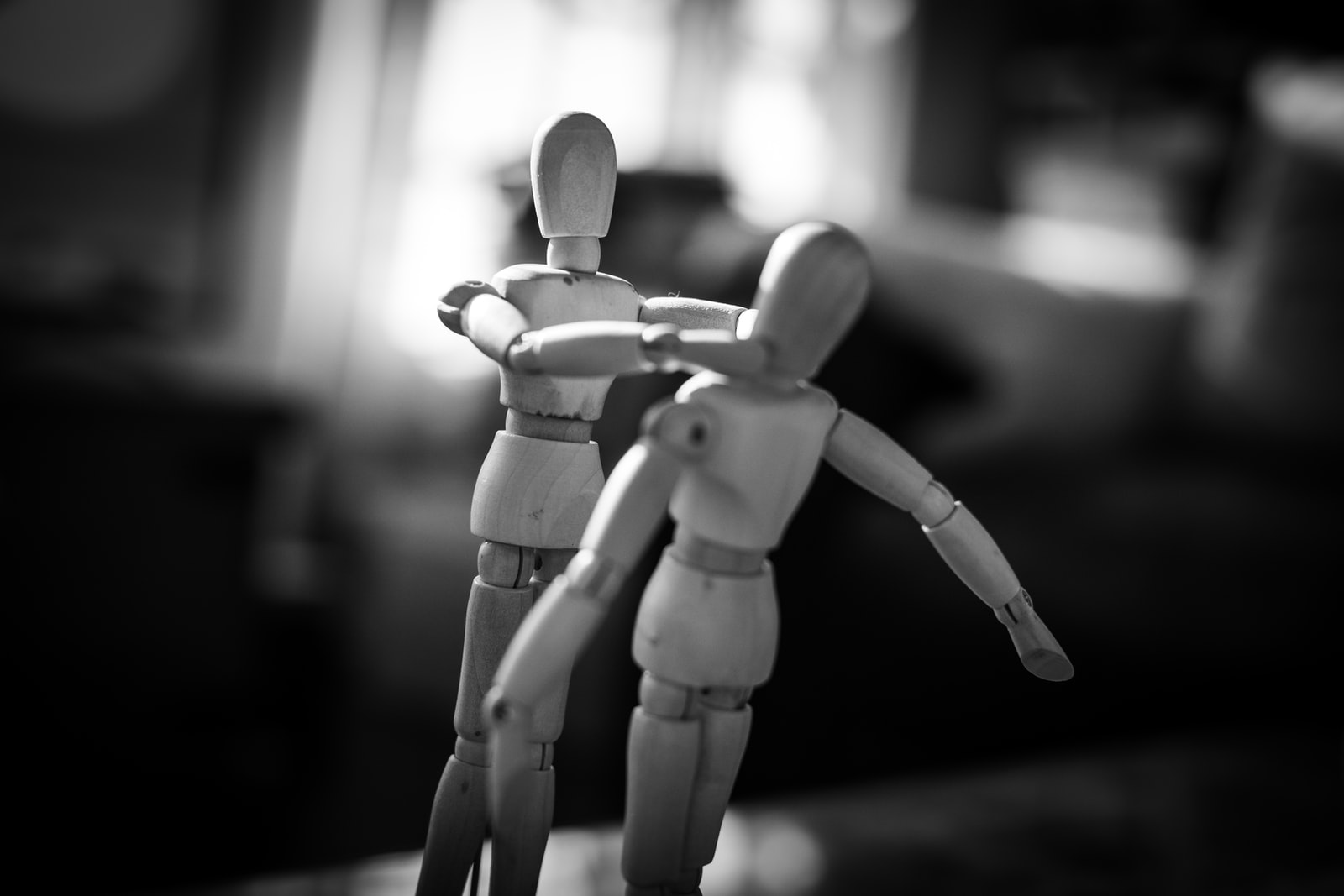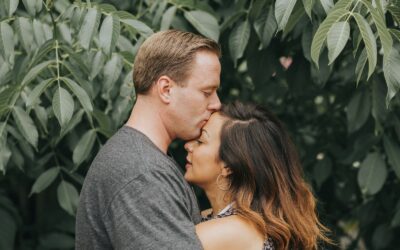Domestic violence is a serious public health issue that affects people from all walks of life. These issues are related to children and families, homicide and suicide prevention, housing, and physical and mental health concerns. This universal phenomenon occurs all over the world. It extends across gender, socioeconomic status, marital status, religion, and ethnicity. According to the National Coalition Against Domestic Violence, domestic violence call centers often receive over 20,000 calls a day. Women between the ages of 18-24 are more likely to experience violence from an intimate partner. Risk increases by 400% when the abuser has access to a firearm. About 19% of partner violence includes a weapon. On average 1 in 3 women and 1 in 4 males have experienced violence from an intimate partner.
What Is Domestic Violence?
Domestic violence consists of intimidation, physical abuse, mental or emotional abuse, stalking, and sexual abuse. The Justice Department defines domestic violence as a felony or misdemeanor crime involving married individuals, previously married individuals, intimate partnerships, cohabitating individuals, or individuals who share children together. The Duluth Model incorporates the elements of abuse in a wheel. The power and control wheel depicts abuse as the use of intimidation, emotional abuse, isolation, manipulation of children, male privilege, economic abuse, coercion and threats, and minimizing, denying, and blaming. This wheel demonstrates the ways an abuser harms the victim. Some abusive individuals use some of these tactics, whereas others use all of the tactics to get their needs met.
Power And Control In Relationships
Abusers find ways to acquire power over their partner and use the control to manipulate and abuse their significant other. Some of these ways are illustrated by the power and control wheel. This wheel reflects behaviors that the abuser utilizes to control his or her victim. The power and control wheel involves:
• Intimidation- destroys property, harms pets, gives looks or gestures, or reveals weapons.
• Emotional Abuse- criticizes, plays mind games, creates guilty feelings, or calls names
• Isolation- limits outside connections with peers, family, and others
• Minimizing, Denying, & Blaming- Blames the victim for abuse or denies it ever happened
• Using Children- Elicits guilty feelings about the children, limits visitation, or threatens to take the children.
• Male Privilege- Makes decisions for the family, defines the relational roles, or treats the victim like a servant.
• Economic Abuse- Keeps the victim from earning money or maintaining employment.
• Coercion and Threats- Threatens to hurt or leave the individual or to commit suicide.
Cycle Of Violence
Lenore Walker developed a theory regarding familial and intimate violence. She identified a series of events that typically occur and continue for the duration of the abusive relationship. The longer the abuse continues, the more severe it becomes. Behaviors associated with certain periods of the cycle cause confusion for the person being abused leading him or her to believe the offender will change. Ultimately, the person decides to stay in the relationship, thus cycling through the abuse. The cycle of violence includes:
• Tension Building
• Explosion
• Honeymoon Phase
It isn’t unusual for people to project a more positive self early on in a relationship. At some point in the relationship, tension starts to build. The abuser might seem on edge, begin using substances, or appear less affectionate. The victim might feel that he or she cannot do anything right and tries to appease the significant other. Next, an acute event or explosion occurs. This might involve physical, emotional, or sexual abuse tactics. The victim seeks assistance by notifying the police or reasoning with or leaving the abuser. Once the dust settles, promises of change are made, and behaviors improve for the time being. This is the honeymoon phase. The victim believes the change will occur and agrees to stay in the relationship. The period of time might vary regarding each period of the cycle. Eventually, the honeymoon phase might fade away.
Breaking The Cycle
Help is available for those who endure abusive relationships. Safety is essential. Leaving an abuser can be very dangerous. It is not as easy as one might think. There are hotlines available to assist victims in the process. Various options include shelters with staff that educate victims regarding legal, employment, and counseling options. Many of these shelters also house children so that families can stay together. Shelters also engage in strict confidentiality to keep people safe.
One way to promote healing is through counseling. Individuals with a history of abuse often find that their previous intimate relationships have involved elements of violence as well. Victims, who have been in controlling relationships can eventually gain empowerment. Counseling consists of the process of understanding the origins of one’s experiences and explores new ways of coping and decision making. It is an excellent way to problem solve and make life changes that lead to empowerment. Gaining self-awareness is essential to change. It is critical to know the differences between healthy and unhealthy relationship characteristics.
Here are some red flags to watch for in unhealthy relationships:
• Tends to be vague and difficult to communicate with
• Poor boundaries and attention seeking
• Engages in a new relationship shortly after a recent breakup or divorce
• Wants to move quickly in a relationship
• Needs to be in control all the time
• Inappropriately expresses anger and poor coping skills
• Intolerant and defensive
• Difficulty sustaining long-term relationships with family and peers
• Abuses substances
Characteristics of a healthy relationship:
• Open about one’s past or feelings
• Respects the emotional and physical boundaries of others
• Shows interests in the feelings and activities of others
• Emotionally secure and mature
• Gives others the benefit of the doubt rather than jumping to conclusions
• Expresses frustration and anger appropriately
• Deals well with change and is flexible
• Good sense of humor and optimistic
• History of long-term relationships
• Makes and keeps friends easily
• Takes time to get to know you rather than moving too quickly
• Interests extend beyond sexual needs
Key Things To Remember
• No one asks for abuse
• Abuse is about power not love
• Help is available
• You are worthy!
Moving Forward
If you or someone you know is in an abusive relationship, help is available. The police, physicians, hospitals, and local mental health agencies are able to provide resources in your area. You may also call the National Domestic Violence Hotline at 1-800-799-SAFE (7233) or 1-800-787-3224 (TTY). Be cautious when exploring potential abuse with friends or peers. One might appear defensive at first, because victims often experience denial, especially in the beginning. Let them know you are there to listen when they are ready.


